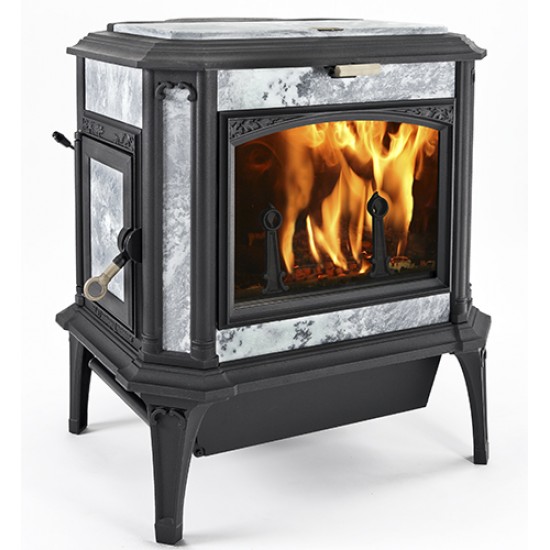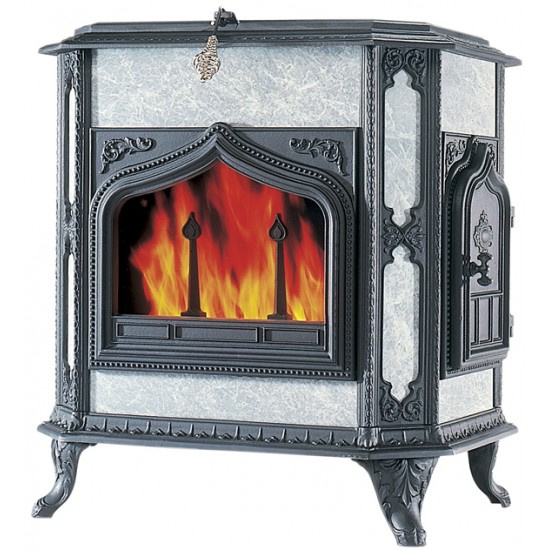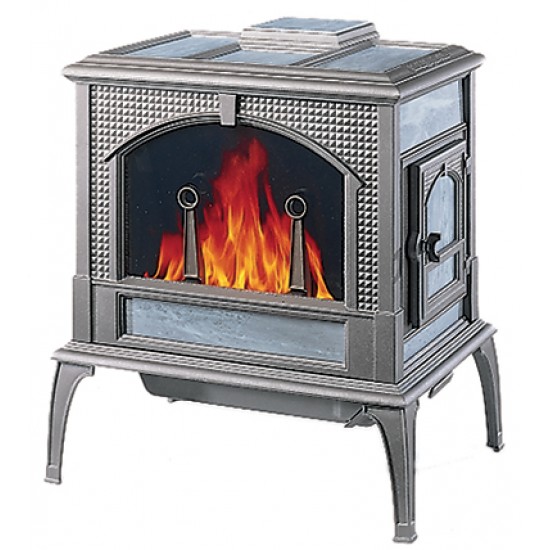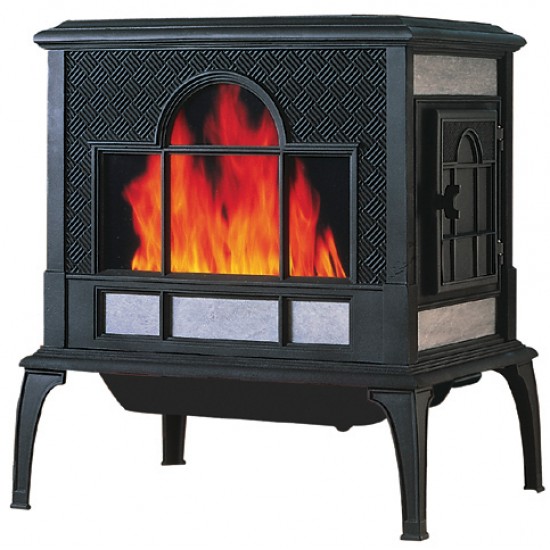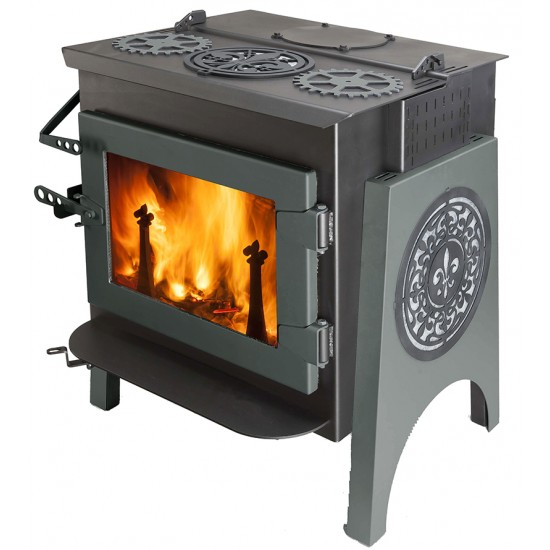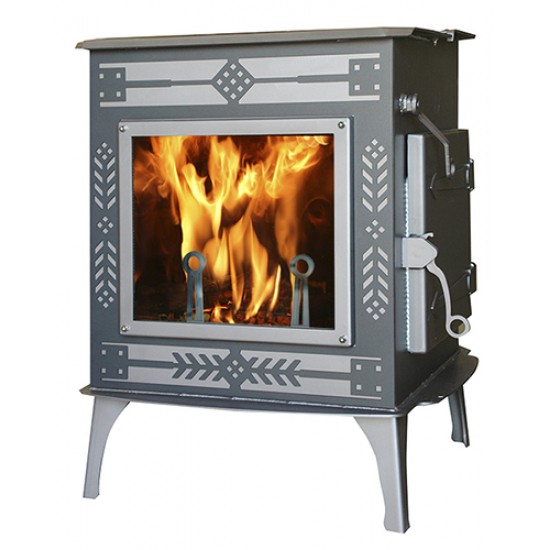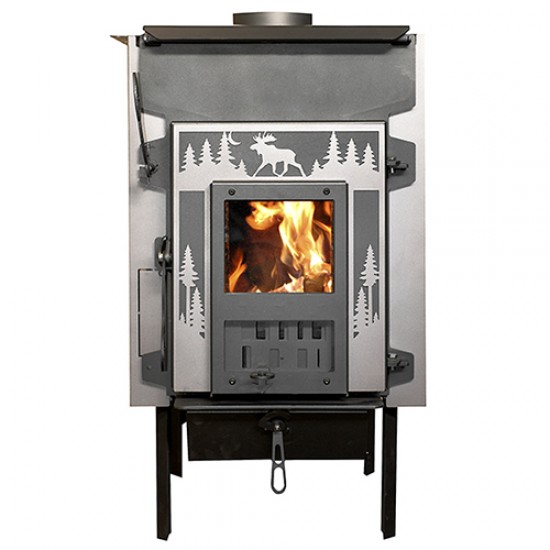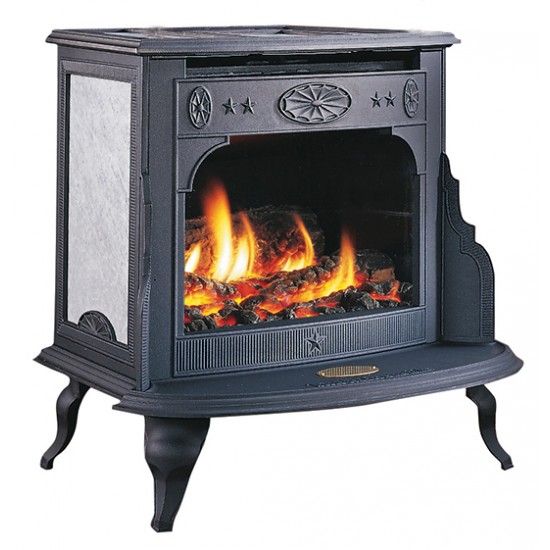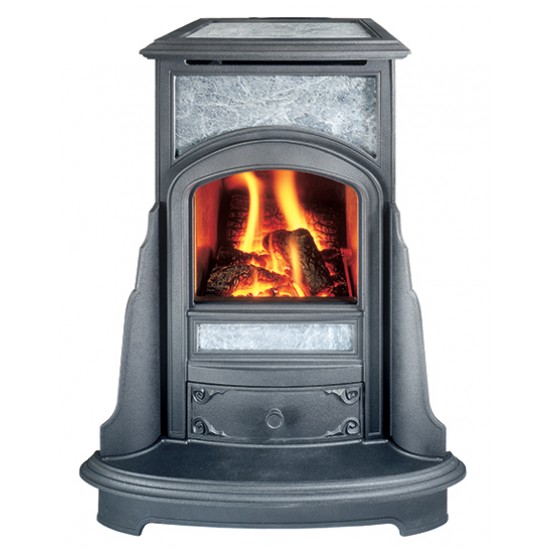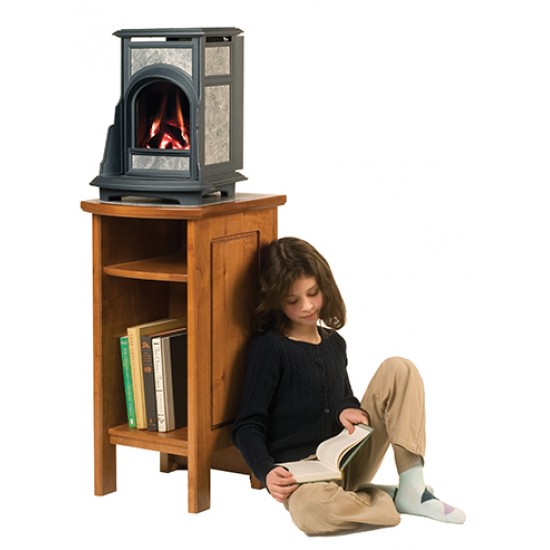31 Jan


From time to time people inquire about how well catalytic stoves perform when fueled with wet wood.
The issue was recently raised in connection with new
EPA regulations. The simple answer is that catalytic stoves perform much
better than non-catalytic stoves at low temperatures, low flow rates,
and with wet wood. The test data and video are below.
Note that we do NOT recommend using wet wood. Efficient performance at
low burn rates (with dry wood) is a huge advantage of catalytic stoves.
More test results will be posted over the next few weeks.
January 30,
2012: Testing Wet Cordwood in a
Catalytic Stove
HPBA recently demonstrated to the EPA, and some state
regulators, the failure of non-catalytic stoves to burn cleanly at low burn
rates and/or with wet wood. This
presentation was allegedly an attempt to convince regulators to relax the “low
burn standard” so that non-catalytic stove manufacturers could “make better
stoves”.
To the best of my knowledge (and somewhat hilariously), HPBA
was proposing to raise the low burn requirement, but not to require manufacturers to install damper stops or other devices
to prevent (dirty) low burns. (I’m not making this up!)
It needs to be said that high emissions at low burn rates is
a problem that is specific to non-catalytic stoves.
Catalytic stoves are
able to burn efficiently at low flow rates, low temperatures, and high moisture
contents. This simply isn’t true for
non-catalytic stoves, which are acutely sensitive to wood moisture content as
well as temperature, flow rate, and operator behavior.
To illustrate the difference, we ran two tests recently with
cordwood: one with 4 pieces of very wet maple (36.4% wet basis), and one with 4
pieces of dry maple (18.79% wet basis). You can see a video of these tests at http://www.youtube.com/watch?v=CmReSRqaquE
or go to You Tube and search under “Woodstock Soapstone Wet Wood”.
In spite of using cord wood, we followed formal test
procedures: there was no operator
influence save for a single stirring of the coal bed very late in the wet wood
burn (it was at the end of the day, and the undersigned operator wanted to go
home).
The results are below, along with the result of a similar burn for this particular stove during EPA testing:
 |
In 2010, HPBA produced a list of 110 non-catalytic stoves
still approved and in production. Our
results with wet cordwood burned in a catalytic stove are better than the
results of over half of these 110 EPA approved non-catalytic stoves with an EPA
test load at either Category 1 or Category 2 burn rates. In other words, over half of all current non-catalytic
stoves produce more emissions with EPA test loads than the subject catalytic
stove produced with wet cordwood.
Please note: we
are using catalytic technology not
available during the last NSPS. We
are using catalysts made of stainless steel “durafoil”. The thickness of the material is about
0.004” (4/1000), and where it is bonded the maximum thickness is about 0.0075”. The thin walls and high cell density result
in a huge surface area to face area ratio (meaning more catalytic activity);
quicker responsiveness at low temperatures; and less resistance to flow. This has been one of the best innovations in
the hearth industry over the last decade, but you wouldn’t know it by talking
to HPBA.
Upstream of the catalyst is a high-temperature alloy screen
that collects fly ash (like the lint trap in a household dryer) and reduces the
need to inspect or clean the catalyst.
The catalyst manufacturer explicitly states that performance
will begin to decline noticeably at moisture contents above 30%, but we
conducted the tests anyway.
The two cordwood tests above were conducted with maple,
because it is the most available local species.
We are having some wet Douglas Fir cordwood shipped to us, so that we
can conduct additional tests with it.
We intend to conduct a series of tests over the next few weeks with
different models, different fuels, and with cold starts as well as wet wood.
Any regulator who would like to visit during future tests
would be most welcome. If any of you
have a particular test that you would like to see, please let me know and we
will do our best to oblige.
In my opinion, easing woodstove regulations because
non-catalytic stoves don’t burn cleanly at low temperatures, low flow rates, or
with wet wood, would be a regulatory failure.
Ultimately, to help the EPA determine the Best Demonstrated
Technology, I suggest we have a “burn off.”
We should get a quality non-catalytic stove and a quality catalytic
stove and run them through efficiency and emissions testing using EPA loads,
cordwood loads, wet cordwood loads, cold starts, and 12 hour burns. I would be surprised if the catalytic stove
didn’t perform consistently better on every test.
Thomas Morrissey, President
Woodstock Soapstone Company
West Lebanon, NH

